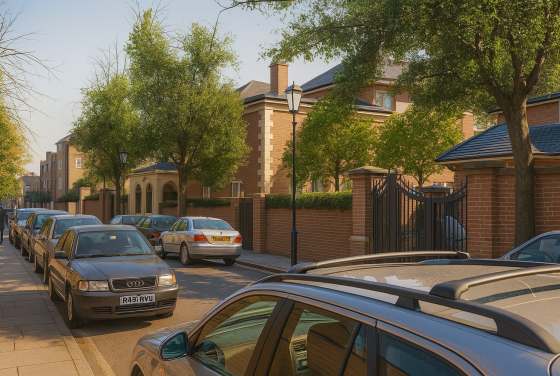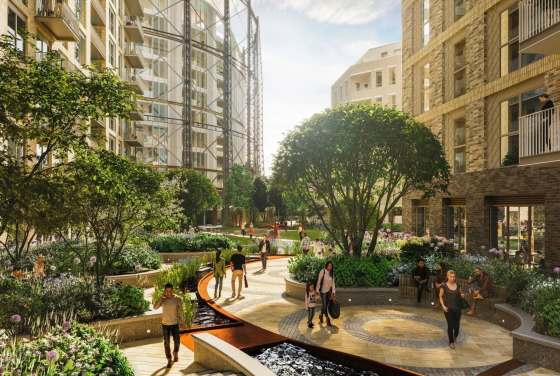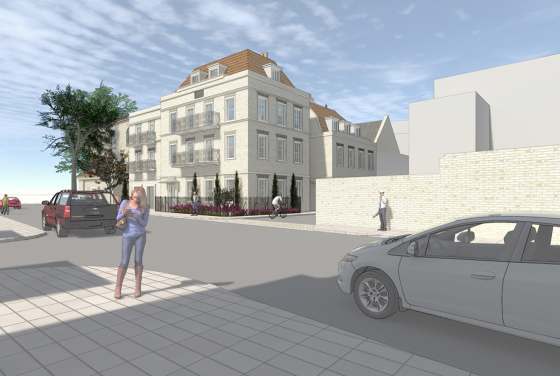Key details
-
History In recent years, gentrification and Lambeth Council's housing upgrades have revitalized the area, attracting professionals and first-time buyers.
-
Transport Development Kennington is well-connected by several London Underground stations, making it easily accessible from various parts of the city.
-
Nature Kennington Park, the largest green space in North Lambeth, provides essential access to nature and leisure.
-
Education Kennington boasts a variety of educational institutions, including primary and secondary schools.
-
Landmarks Kennington is home to three notable London landmarks, each contributing to the area's rich cultural and historical tapestry.
Attributes
Local area map
Hyde Park 20m by train, 25m by car
Hampstead Heath 30m by train, 35m by car
Big Ben 10m by train, 15m by car
Heathrow Airport 50m by train, 45m by car
Kennington
Oval
Lambeth North
Vauxhall
North with Newington
East with Vauxhall
South with Oval
West with Lambeth
Around The Block
Today, Kennington attracts professionals and families alike, offering quality educational institutions and a strong sense of community, making it a distinguished locale in London.
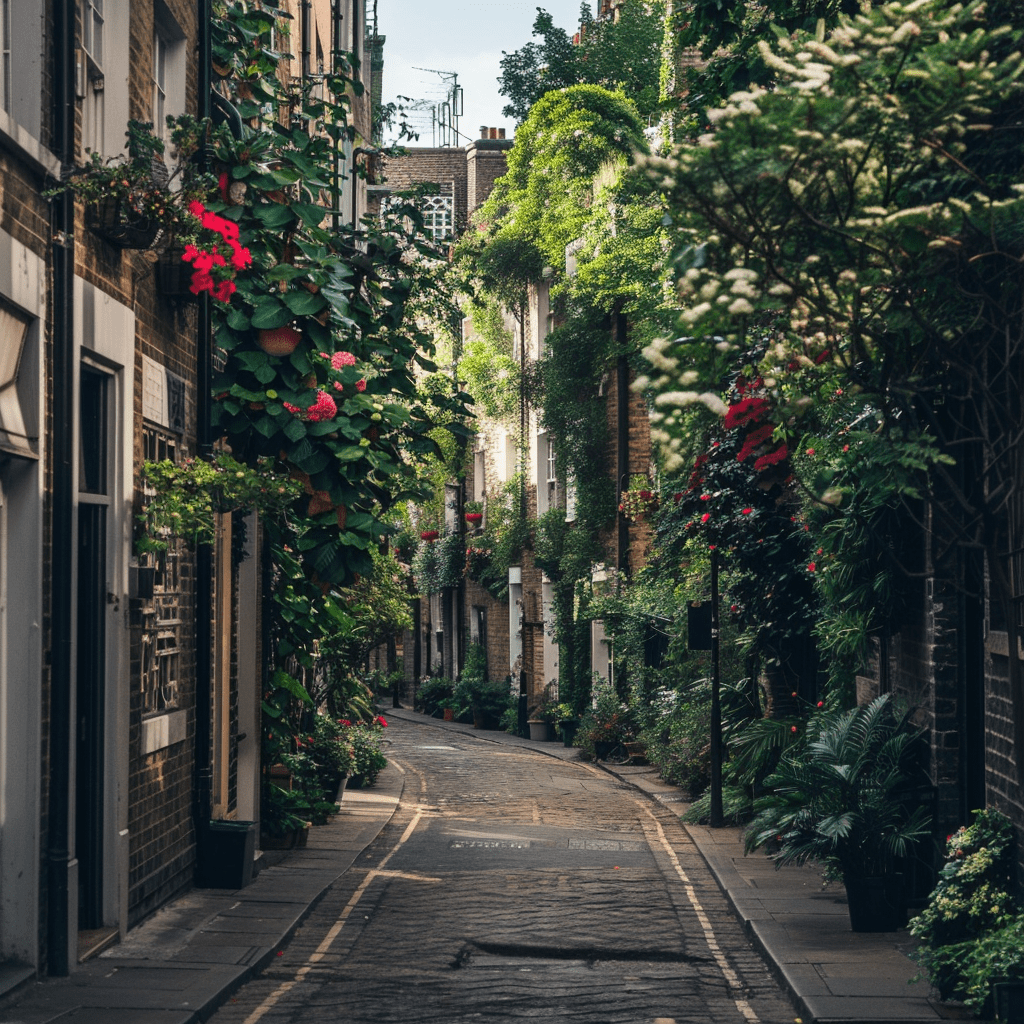
History
Kennington's name has evolved from "Chenintune" in the Domesday Book of 1086 to "Kenintone" in 1229 and "Kenyngton" in 1263. It likely means "farmstead or estate associated with a man called Cēna" or "place of the King."
Ancient landmarks indicate Kennington's significance as a sacred assembly area. The Domesday Book records it as held by Teodric the Goldsmith, including land and meadow, with an annual rent of £3.
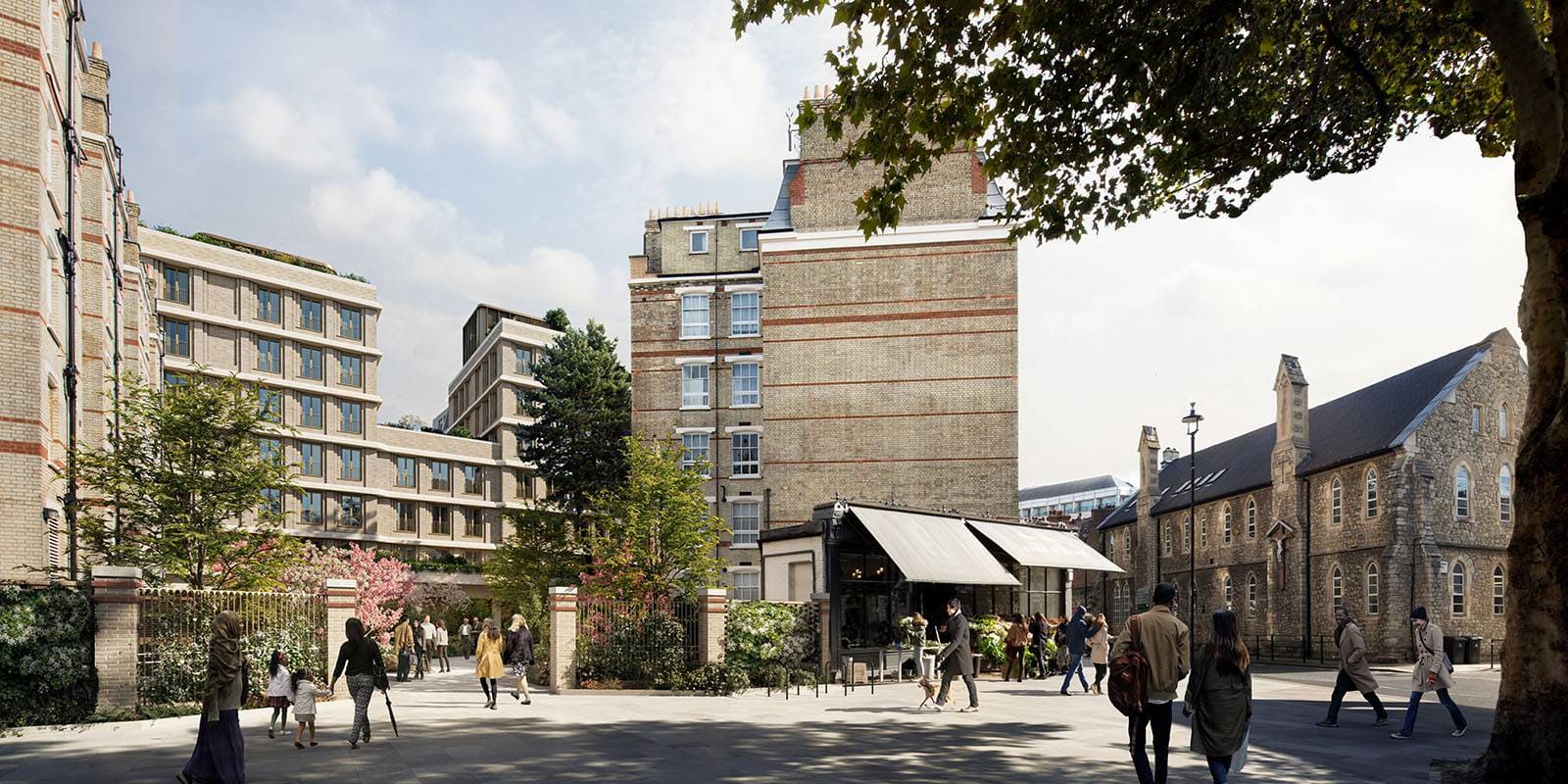
Kennington transformed in the 18th century with the construction of Westminster Bridge and Kennington Road, prompting residential growth. By the 19th century, it had become a semi-rural suburb with grand houses and landmarks like the Oval cricket ground and St. Mark's Church. Kennington Park, the first public park in south London, replaced the notorious Kennington Common.
Recent years have seen significant gentrification due to Kennington's location and transport links, with preserved Georgian and Victorian architecture attracting professionals and first-time buyers. Lambeth Council's upgrades to housing have further revitalized the area that now displays multiple homes for sale.
Transport Development
Kennington is well-connected by several London Underground stations, making it easily accessible from various parts of the city.
Kennington tube station, located on the Northern line, offers direct northbound services to Central London, the City of London, and North London. Some trains on the Charing Cross branch terminate at Kennington, while others continue southbound towards Morden, passing through Clapham and South Wimbledon.
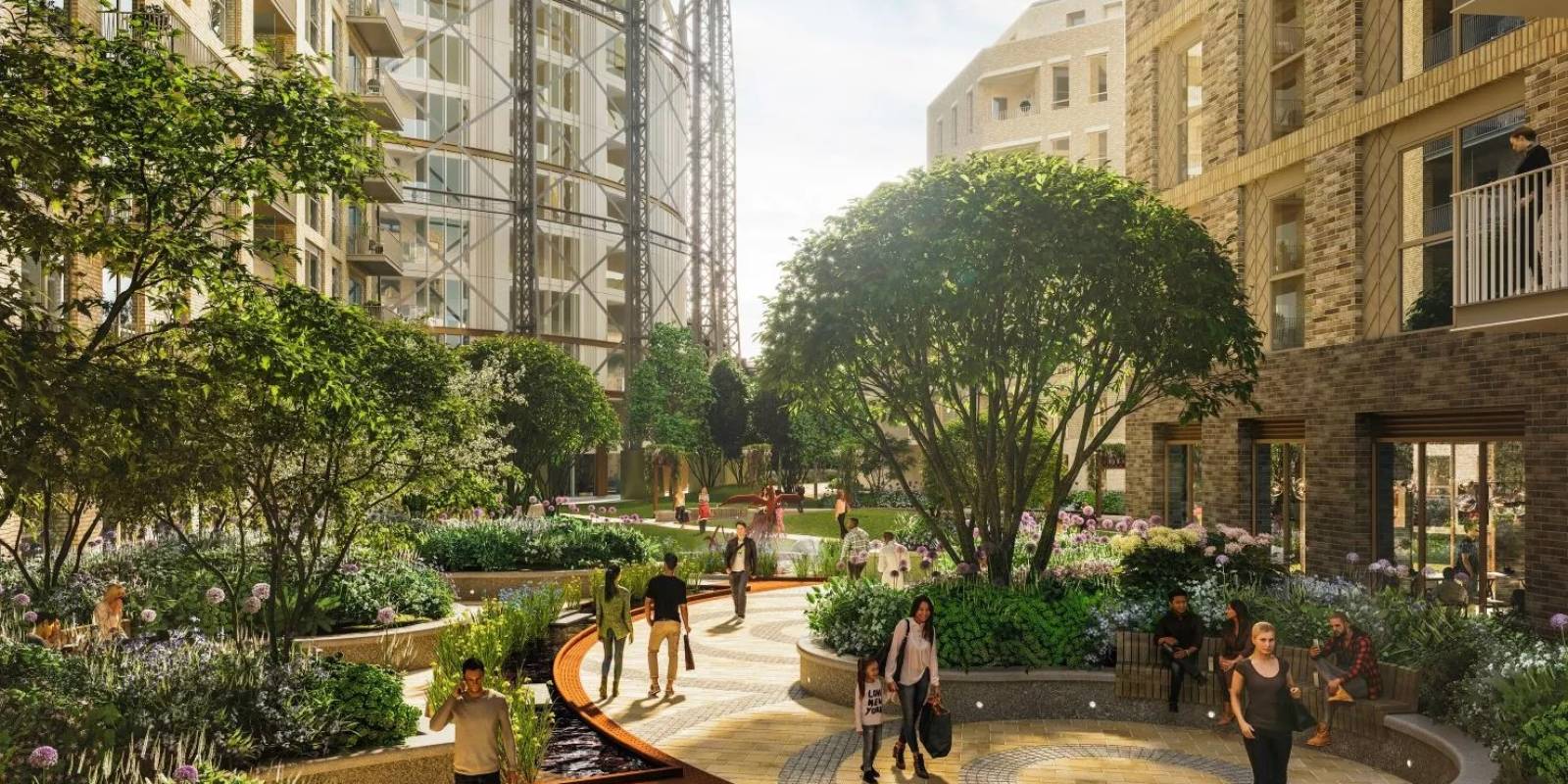
In addition to Kennington and Oval stations, the area is close to Lambeth North station on the Bakerloo line and Vauxhall station on the Victoria line. Vauxhall station also serves as a National Rail hub, with South Western Railway operating services to and from Waterloo.
The Northern line extension from Kennington to new stations at Nine Elms and Battersea Power Station is a significant development. This extension, set to open in September 2021, will further enhance Kennington's connectivity within London.
Nature
Kennington Park, the largest green space in North Lambeth, is essential for providing the community with access to nature and leisure activities. Once a common, it became famous in 1848 when the Chartists held a mass rally there before presenting their charter for democratic reforms to Parliament. The common was later enclosed, and in 1854, Kennington Park was officially opened to the public, focusing on peaceful recreation.
The park features the Prince Consort Lodge, originally built as a model dwelling for the Great Exhibition of 1851. Today, it serves as the headquarters for the charity 'Trees for Cities' and is also the contact point for the Friends of Kennington Park.
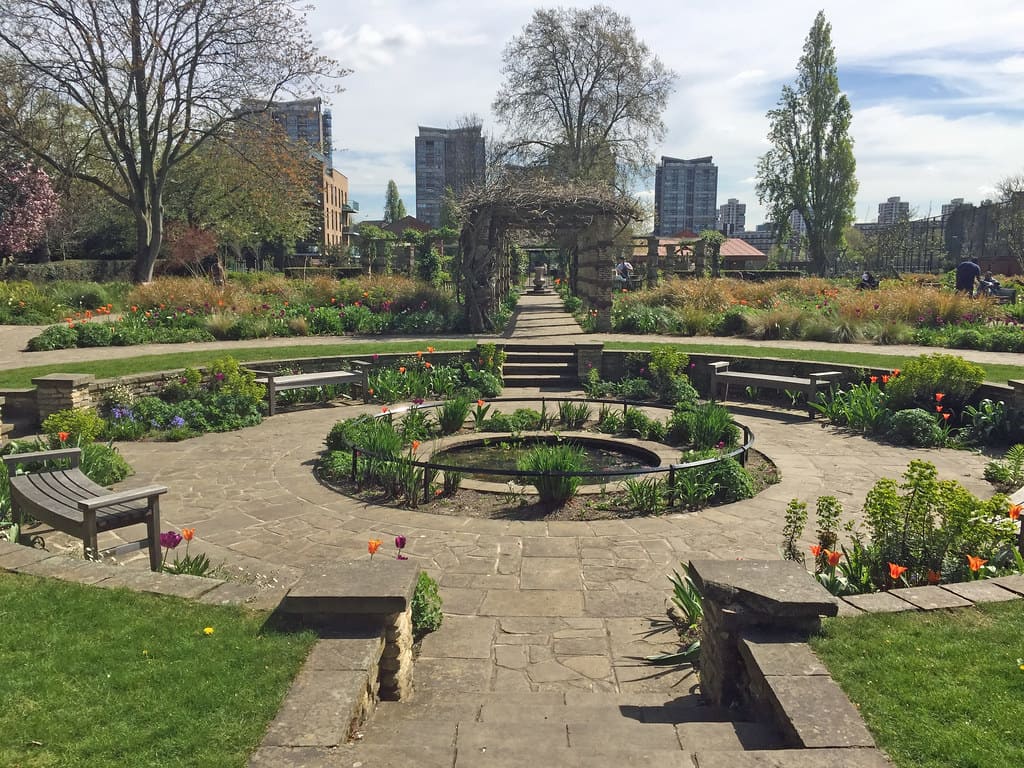
Several Victorian areas within the park are Grade II listed by English Heritage. The park also boasts a rare Arts and Crafts-style café, an 'old English' flower garden, and a 'Green Link' that connects the historical Victorian park to its newer extension.
Education
Kennington boasts a variety of educational institutions, including seven primary schools:
- Archbishop Sumner School (Church of England)
- Henry Fawcett Primary School
- St. Anne's Primary School (Roman Catholic)
- St. Mark's Primary School (Church of England)
- Vauxhall Primary School
- Walnut Tree Walk Primary School
- Keyworth Primary School
For secondary education, the area is served by one school:
- Lilian Baylis Technology School, which admits both boys and girls aged 11–16.
Landmarks
Kennington is home to three notable London landmarks, each contributing to the area's rich cultural and historical tapestry: the Oval cricket ground, the Imperial War Museum, and Kennington Park.
The Oval Cricket Ground
The Oval, also known as the Kia Oval due to sponsorship, is one of the most iconic cricket grounds in the world. Established in 1845, it is the home ground of Surrey County Cricket Club. The Oval is renowned for hosting historic matches, including the first Test match in England in 1880 and the first One-Day International in 1971.
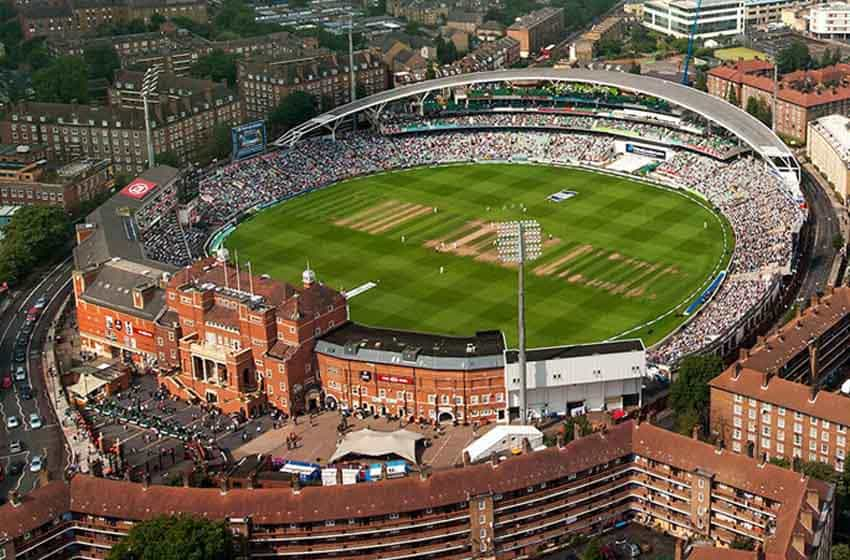
Beyond cricket, the venue has also been used for other major events, including concerts and football matches. Its distinctive gasometers and the nearby pavilion are key features that make the Oval a significant landmark not just for sports enthusiasts but for the local community and visitors alike.
The Imperial War Museum
The Imperial War Museum (IWM), housed in the former Bethlem Royal Hospital, offers a profound insight into the impact of modern conflicts on society. Established in 1917, the museum features extensive collections of military vehicles, weapons, documents, photographs, and personal stories that depict the realities of war.
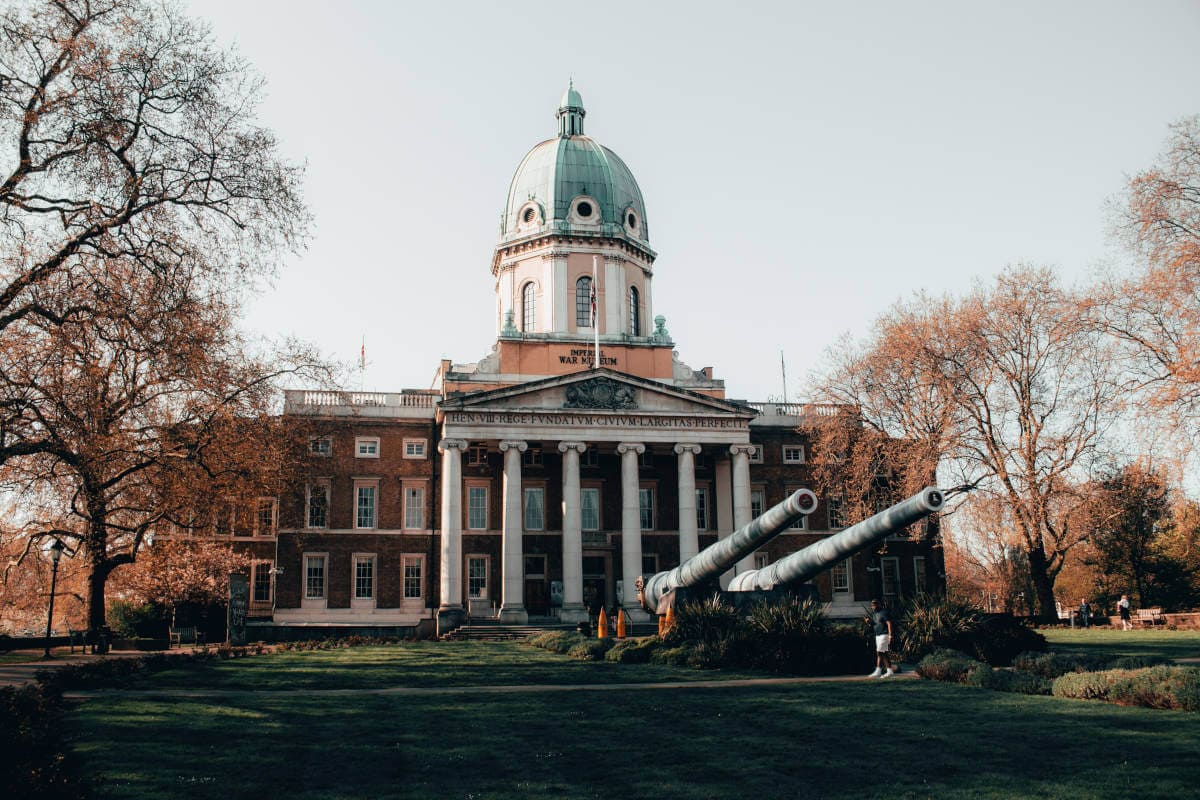
The museum's exhibitions cover a broad range of conflicts, focusing on the human experiences of war. The building itself, with its imposing dome and gardens featuring large naval guns, is a striking landmark in Kennington, attracting visitors from all over the world.
What are you looking for?
Step 1 of 6ready to help you



